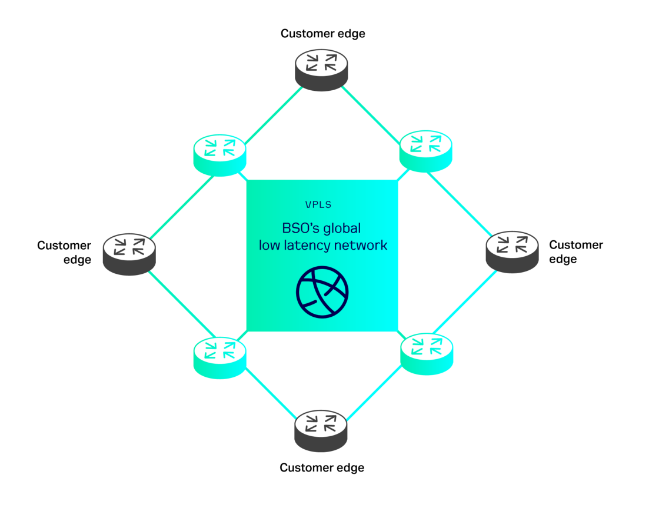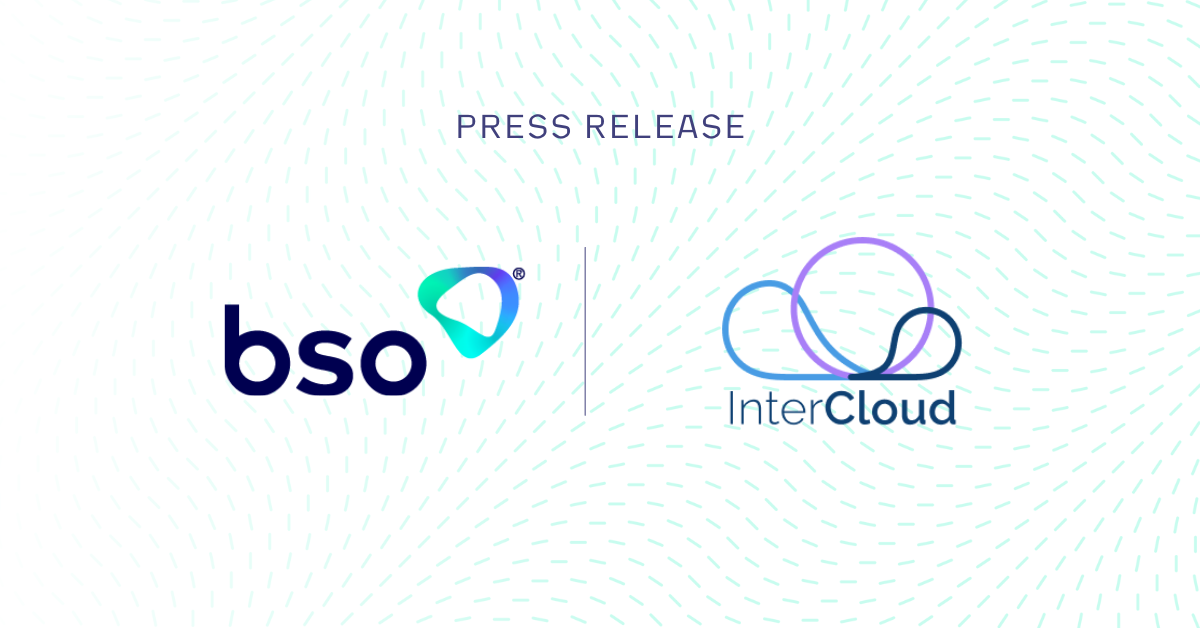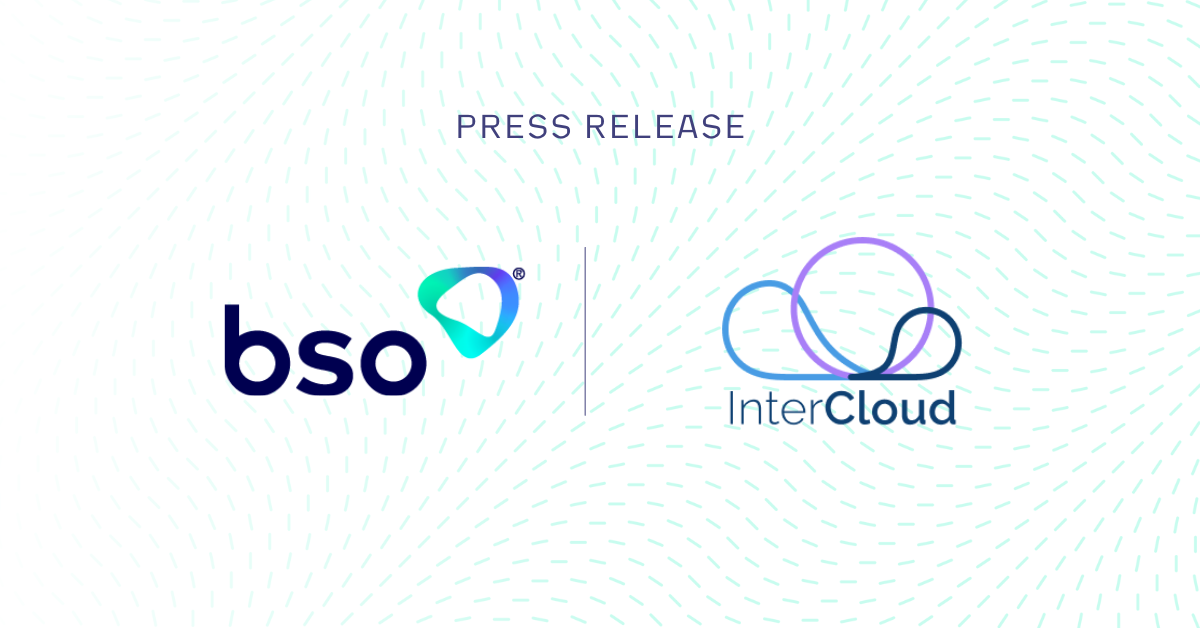PRODUCTS
Virtual Private LAN Services (VPLS)_
Your LAN anywhere_
BSO VPLS is a simple, flexible, configurable way to communicate between all your global sites.
OUR SERVICE
VPLS that supports the connection of multiple sites_
Create a full mesh in a multipoint-to-multipoint configuration, with each location connected to our backbone and setup with dedicated ports. Define your desired latency, diversity and speed, whether sites are located in a BSO PoP, off-net, or on-premise.
BSO VPLS lets you add, delete and modify VLANs and QoS tags as well as push Multicast Data between any of your ports on our network.

Easy to manage at every point_
PRODUCT SHEET
BSO’s Virtual Private LAN Services product sheet_
JOIN OUR NETWORK
Not on-net with BSO?
We have great relationships with carriers around the world, all we need are your business objectives to provide the right assistance.
Is VPLS right for you?
FAQs
What is Virtual Private Lan used for?
Virtual Private LAN (VPL) is primarily used to create private and secure communication networks within a shared or public infrastructure, such as the internet or a cloud service provider's network. Organisations use VPL for the following purposes:
Secure data transmission: VPL allows organisations to transmit data securely between geographically dispersed locations by establishing private virtual LANs over public networks. This is crucial for protecting sensitive data, including customer information and business-critical data.
Network segmentation: VPL enables network segmentation, allowing organisations to divide their network into isolated segments or VLANs. This enhances security by isolating different departments or services from one another and controlling access to resources.
Remote office connectivity: VPL facilitates secure connections between remote offices, branches, and headquarters, enabling seamless communication and resource sharing while maintaining data confidentiality.
Cloud connectivity: Organisations use VPL to connect their on-premises infrastructure to cloud services securely. This ensures data privacy and network integrity when accessing cloud-based resources and applications.
Business continuity: VPL enhances business continuity by providing redundant, failover connections. In the event of a network failure, traffic can be rerouted through alternative VPL connections, minimising downtime.
Compliance and privacy: For organisations subject to regulatory compliance requirements (e.g. HIPAA, GDPR), VPL helps maintain data privacy and compliance by creating secure communication channels.
What is the benefit of a Virtual Private Lan service?
The benefits of a Virtual Private LAN (VPL) service include:
Enhanced security: VPL isolates your network traffic from others, providing a secure communication channel. It helps protect sensitive data from unauthorised access.
Network segmentation: VPL allows you to segment your network into isolated VLANs, improving network management and security by controlling access to specific resources.
Geographic connectivity: VPL enables secure communication between geographically dispersed locations, connecting remote offices, branches, and data centres.
Cloud integration: You can securely connect your on-premises infrastructure to cloud services, ensuring data privacy and integrity when accessing cloud resources.
Business continuity: VPL supports redundant connections and failover, minimising downtime during network disruptions and enhancing business continuity.
Compliance: For organisations subject to regulatory compliance requirements, VPL helps maintain data privacy and compliance by creating secure communication channels.
Scalability: VPL services are scalable, allowing you to expand your network infrastructure as your organisation grows.
Cost efficiency: By using VPL, you can reduce the need for expensive dedicated network connections, achieving cost savings while maintaining security.
What are the supported Virtual Private Lan standards?
Virtual Private LAN (VPL) services typically support industry-standard protocols and technologies, including:
IEEE 802.1Q (VLANs): VPL often leverages VLANs (Virtual LANs) based on the IEEE 802.1Q standard. VLANs segment a physical network into multiple logical networks, allowing for network isolation and improved management.
MPLS (Multiprotocol Label Switching): MPLS is commonly used in VPL services to create virtual private networks over a shared IP network infrastructure. It provides traffic engineering capabilities and traffic isolation.
BGP (Border Gateway Protocol): BGP is used for dynamic routing in VPL services, enabling the establishment and management of routing paths across different locations or networks.
VPN (Virtual Private Network) Protocols: VPL services may support various VPN protocols, such as IPsec (Internet Protocol Security), L2TP (Layer 2 Tunneling Protocol), and GRE (Generic Routing Encapsulation), to secure and encrypt data over virtual private LANs.
VXLAN (Virtual Extensible LAN): VXLAN is a popular encapsulation protocol used for creating overlay networks in data centre environments. It extends Layer 2 segments over Layer 3 networks.
LDP (Label Distribution Protocol): LDP is used in MPLS-based VPL services to distribute labels and establish Label Switched Paths (LSPs) for routing traffic.
RFC Standards: Some VPL services adhere to relevant RFC (Request for Comments) standards that define protocols and practices for various aspects of virtual private LANs.
It's important to note that the specific standards and protocols supported by a VPL service may vary depending on the service provider and the requirements of the organisation. It's important to consult with the service provider to ensure compatibility with your network infrastructure and objectives.
How can you associate interfaces with VPLS?
The specific steps and commands required for associating interfaces with VPLS may vary depending on the networking equipment and protocols being used. It's essential to consult the documentation provided by your equipment manufacturer and follow best practices for VPLS configuration and management. Typically, associating interfaces with a Virtual Private LAN Service (VPLS) involves the following steps:
- Configure the network interfaces with appropriate settings.
- Assign VLAN IDs if using VLAN segmentation.
- Set up the VPLS instance with an ID and specific settings.
- Map the interfaces to the VPLS in the configuration.
- Ensure routing tables are correctly configured.
- Test and verify traffic flow and VPLS functionality.
- Continuously monitor, maintain, and update the configuration as needed.





/Revolutionising-Connectivity%20BSOs-Tailored-Cloud-Solution-for-CryptoStruct-GmbH.png?width=1050&height=550&name=Revolutionising-Connectivity%20BSOs-Tailored-Cloud-Solution-for-CryptoStruct-GmbH.png)
/6%20Cloud%20Best%20Practices%20for%20Financial%20Technology%20Companies.jpg?width=1200&height=600&name=6%20Cloud%20Best%20Practices%20for%20Financial%20Technology%20Companies.jpg)



